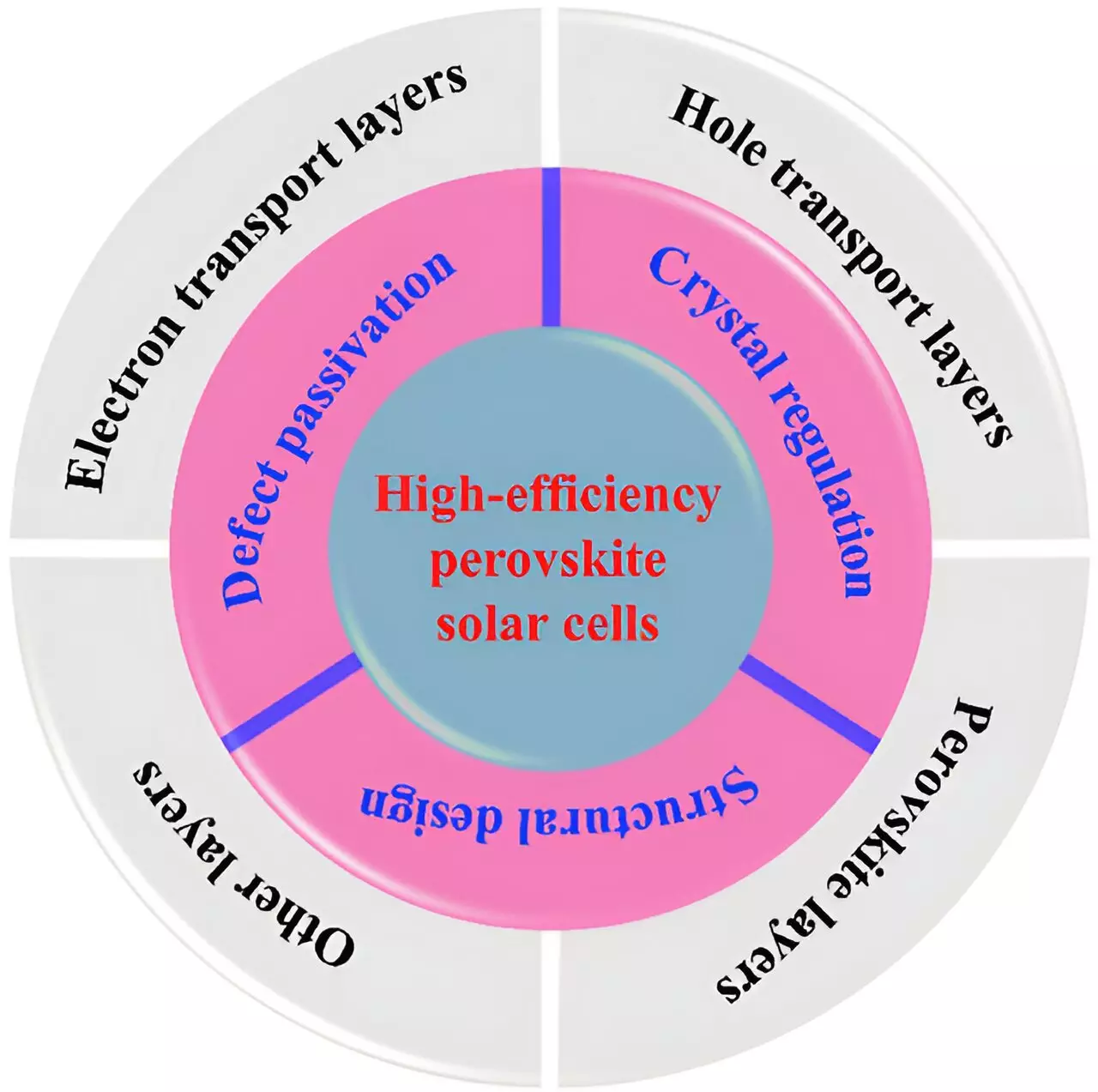The potential of perovskite solar cells to revolutionize the solar energy industry is undeniable. These solar cells offer high efficiency, low cost, flexibility, and scalability, making them a promising candidate for future solar energy applications. Current research has already achieved efficiency levels of over 26%, surpassing traditional solar panels. However, despite these advancements, there is still room for improvement.
While perovskite solar cells have shown great promise, only a few research teams have managed to develop cells with efficiency levels above 25%. This highlights the need for more specific research directions to push the boundaries of efficiency even further. Researchers have identified key areas for improvement, including crystal regulation, interface passivation, and structural design of component layers.
To address the main causes of low efficiency in perovskite solar cells, researchers have proposed several effective strategies. By focusing on crystal regulation and interface passivation, it is possible to reduce defects caused during the preparation process. Additionally, optimizing the band structure of the cells can significantly improve their ability to convert sunlight into energy. These strategies aim to overcome current limitations and unlock the full potential of perovskite solar cells.
One innovative approach to further enhance the efficiency of perovskite solar cells is through the use of tandem solar cells. By combining different types of solar cells, researchers can work towards breaking the efficiency limits of individual cells. This collaborative approach opens up new possibilities for achieving even higher levels of efficiency in solar energy conversion.
Read More: Unlocking the Potential of Perovskite Solar Cells
In addition to improving the efficiency of perovskite solar cells, researchers are also focusing on optimizing fabrication methods for larger components. By scaling up production processes, it is possible to achieve the same efficiencies as smaller-scale manufacturing. This step is crucial for the commercialization and industrialization of perovskite solar cells in the future.
As perovskite solar cells continue to advance, researchers are also addressing challenges related to tolerance to defects and long-term stability. These efforts are essential for ensuring the reliability and durability of perovskite solar cells in real-world applications. By overcoming these obstacles, researchers can pave the way for widespread adoption of this promising solar technology.
The future of solar energy lies in the development of high-efficiency perovskite solar cells. With ongoing research and innovation, it is possible to unlock the full potential of these solar cells and revolutionize the renewable energy industry. By addressing current challenges, optimizing fabrication methods, and exploring new technologies, researchers can make significant strides towards a more sustainable and efficient energy future.


Leave a Reply